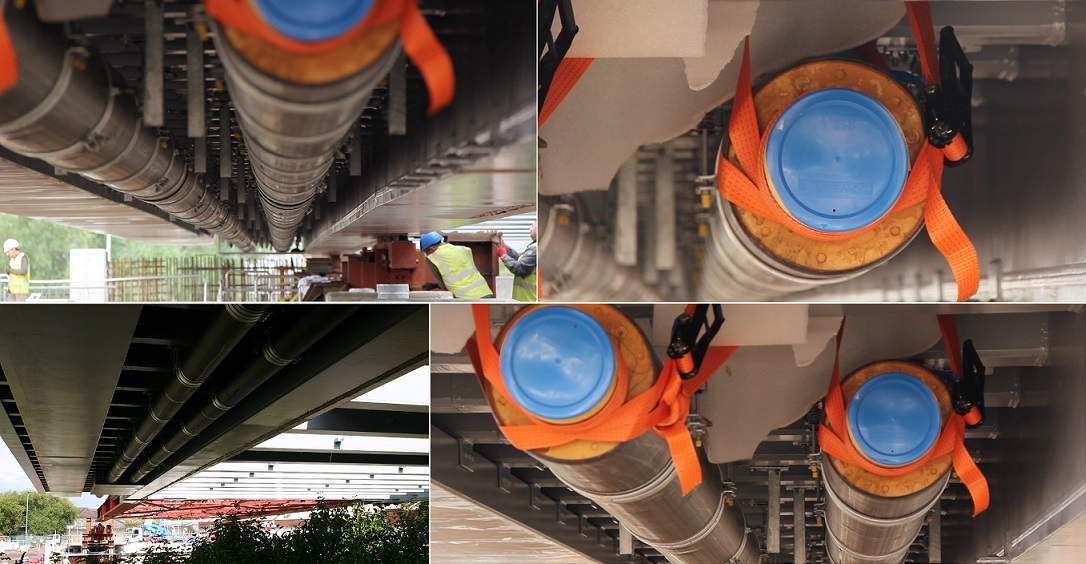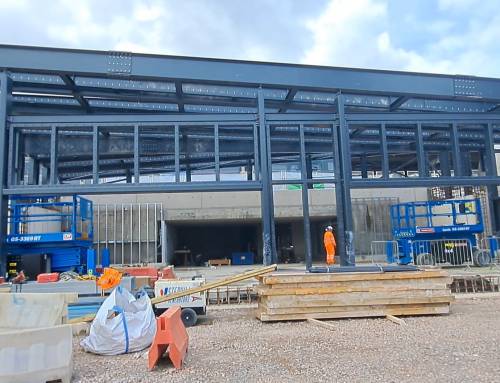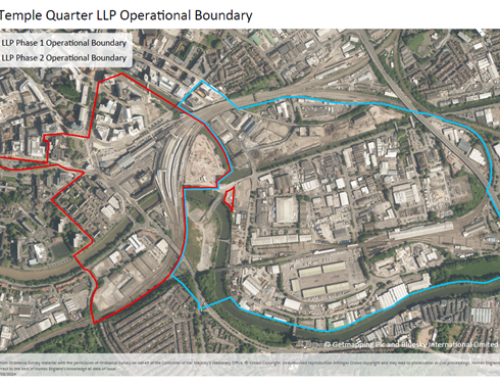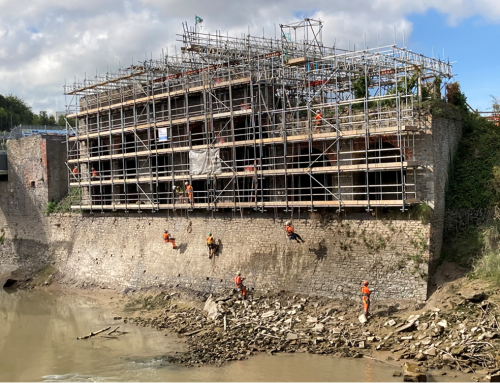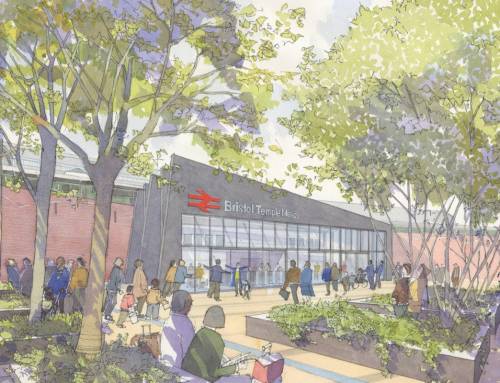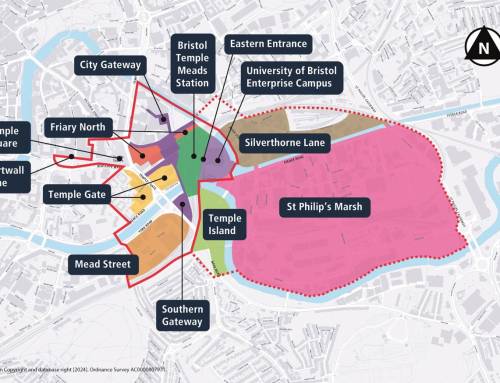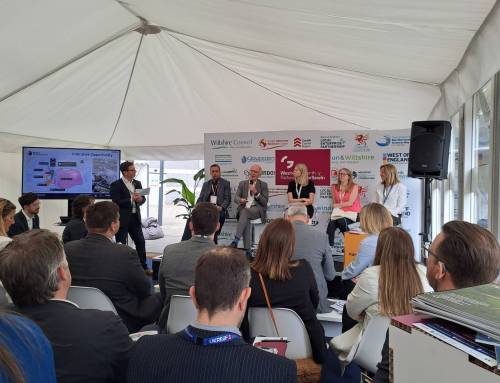In last month’s blog, we looked at Arena Island Bridge and the work that went into creating Bristol’s latest water crossing in a bit more detail. We also briefly mentioned the district heating pipes connected to the bridge, and this month we’d like to give a bit more detail about the heat network Bristol City Council is developing in the city. We asked Bristol City Council’s Energy Service team to give us the key facts.
What is a heat network?
Heat networks (sometimes referred to as district heating) are a network of underground pipes that supply heat to a number of buildings from a local energy centre. These networks can reduce the energy bills for a connected property, provide low-carbon energy to its occupants and reduce the need for each building to have its own fossil fuel boiler.
Where will Bristol’s heat network be?
Our new heat network is divided into different sections that cover areas across the city. The first and current section will feed directly into the Enterprise Zone, as well as bits of the city centre and Redcliffe. It will use the same infrastructure as the new ultrafast broadband that’s being installed in the area too. The map below shows the full span of the first phase of our network but we’re looking at how we can expand to other areas in the coming years. Watch this space!
We’re also working on a heating network for five social housing blocks in the South of the city. Rowan House, one of the locally named “Bishport Five” housing blocks, is receiving an upgrade that will give it a biomass boiler and two new energy efficient gas boilers in place of the current boilers. The new heating system will provide the building as well as its four neighbouring tower blocks with low-carbon heat through a connected heating network.
Why does the city need a heat network?
The Bristol Temple Quarter Enterprise Zone will be home to many creative, high-technology and low-carbon companies. It’s a big part of building on Bristol’s reputation for being a creative, knowledge-intensive green capital.
To get the best out of the Enterprise Zone, we need to provide companies with a more cost-effective and lower carbon energy source. Our heat network will reduce carbon emissions by around 1,300 tonnes per year.
We’re linking up the installation of heating pipes with the installation of new fibre-optic cables to provide cutting edge, ultra-fast broadband. We’ll be minimising disruption here by completing the installation of pipes and cables at the same time.
When will this phase of the network be complete?
We expect the installation in this area to be completed in early 2018 but we’ll be sharing more information about future phases in the coming months.
How can I get in touch to discuss connecting to the network?
If you are a local building owner or developer, you can discuss potential connections with a member of Bristol’s Energy Service team by emailing HeatNetwork@bristol.gov.uk. Low carbon, affordable heat and energy are just a few of the benefits, so get in touch!

